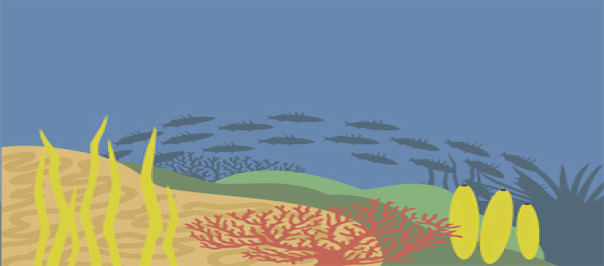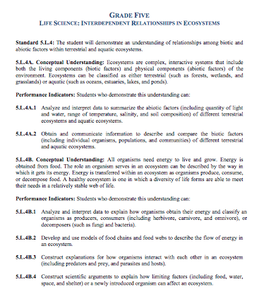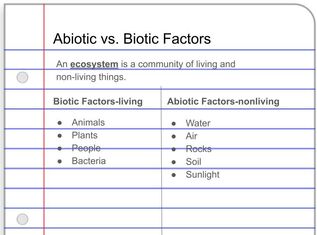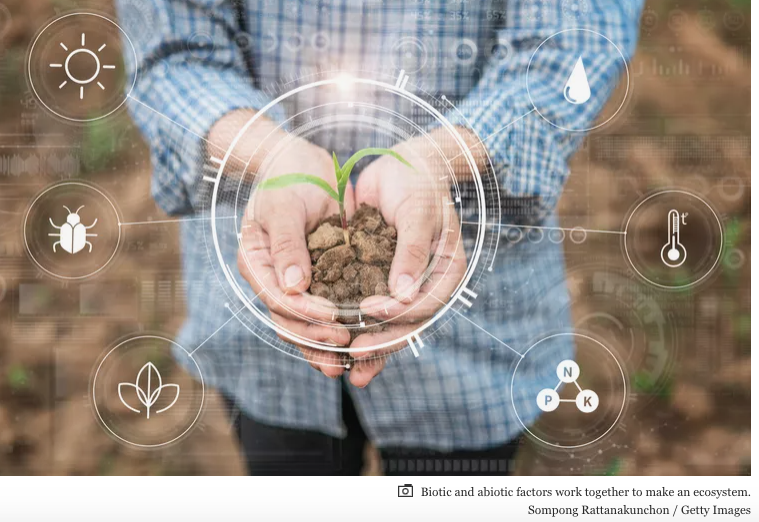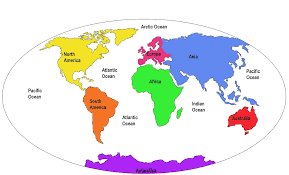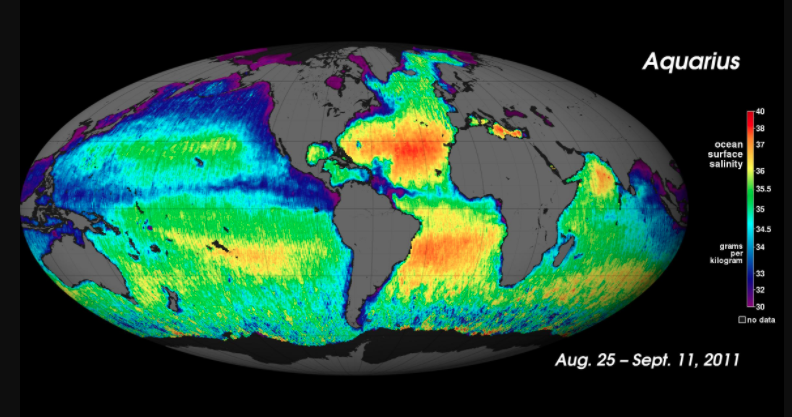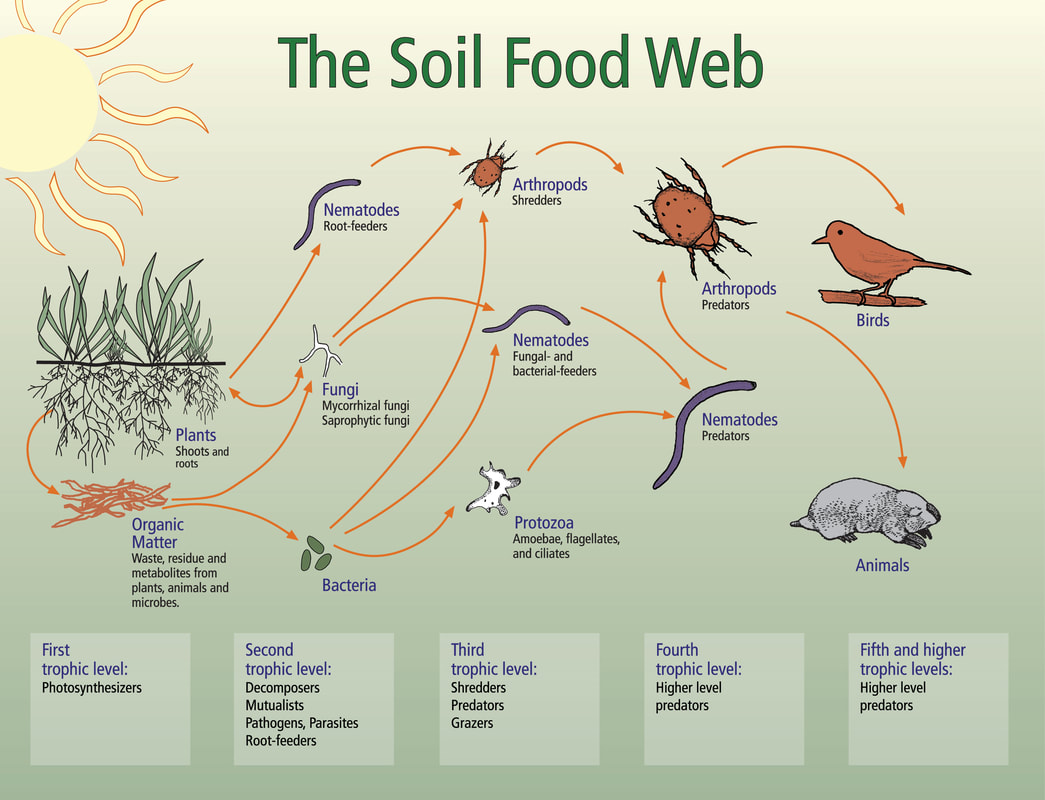5.L.4 Interdependent Relationships in Ecosystems
Use the diagram on the left as a reference when studying the diagram on the right.
|
Salinity is a measure of the amount of salt in a body of water or in soil. Greater salinity means more salt.
|
5.L.4A.2
|
Complete the diagram based on the video. ________ _________________ ___________________________ _________________________________ _________________________________________ |
|

